by Lisa Twaronite Sone
The man must have been hiking alone in the mountains when he keeled over dead.
A group of university students came upon him — the wholesome, outdoorsy type of youths who would have certainly called for help immediately if the man had shown any signs of life. But no, he was already stiff.
One boy pulled out his cell phone, thinking they should report finding a dead body. But another said, “Wait.”
As it turned out, the second boy was the son of a forensic zoologist, so he was no stranger to dead things: he had spent many happy hours of his childhood experimenting on animal carcasses, and he recognized a long-awaited opportunity to try his skills on a human.
“He’s so small and old! Look, his clothes are old, too — he was obviously just a homeless guy living in the woods, so no one will even miss him,” he assured his friends, with a twinkle in his eye. Some of them were initially uneasy with the whole scheme, but their friend’s confidence and his obvious pleasure in what lay ahead overcame their doubts.
Instead of calling the authorities, the boys hid the man in the underbrush, and returned later under cover of darkness to retrieve him in a big sports duffle bag. They laughed nervously every time they dropped him in their careless enthusiasm, but he was long past the point of feeling any earthly pain, so what did it matter?
When they got back to their dormitory, they told all of the other residents about the plan. The zoologist’s son quickly had everyone convinced of its merits, and sworn to secrecy.
First, the boys bought some thick plastic tarps at the home center. They wrapped the man in them, and buried him in a shallow grave in the dirt crawl space under their old wooden dorm. Then they ordered some dermestid beetles online, and released them to do their work.
For a while, they couldn’t quite ignore the funny smell in that corner of the building, but really, it was no worse than the stench of their ripest socks.
A few of the boys felt twinges of guilt in the weeks that followed, whenever they saw the news about the missing person; the man who lay beneath them hadn’t been homeless after all, but was in fact a family’s beloved grandfather. What could they do, though? They had all taken a solemn vow to never tell anyone about their plan, and a promise was a promise.
Besides, they all knew it was far too late to contact the authorities. It would be too hard to explain everything, and they were all complicit now. They rationalized that the man was already dead, so returning his body wouldn’t bring him back to life, right? His family would still have to cope with their loss just the same.
A few months later, when the odor had completely faded away, the zoologist’s son dug up the man and carefully boiled him, piece by piece, in peroxide. When everything was finally ready, he staged a dramatic unveiling, pulling back a bedsheet: Ta da! Their dorm now had its very own set of human bones! Even the initial doubters among them had to admit that the man looked pretty damn amazing in their entrance hall.
A fluffy Santa hat covered the man’s skull at Christmas time, but the rest of the year he sported a jaunty baseball cap and a tee-shirt with their university’s logo. New residents of the dorm would henceforth be required to kiss his lipless, toothy smile as a drunken initiation rite.
Couples posed for photos in front of him, his bony arm draped across the shoulders of cringing girls, whose boyfriends hugged them tight to comfort them and whispered that they had nothing to fear from a friendly old skeleton.
Over the years, dorm life took its toll on the man. No one could ever get rid of those red wine stains on his pelvis, and some of his ribs had to be glued back together after a wanna-be musician tried to use them as a xylophone.
The man eventually lost bits of his fingers and toes, as graduating seniors surreptitiously hacked off a knuckle as a souvenir to take on their journeys into the adult world — like a lucky rabbit’s foot, or the relics of saints inside Catholic altars.
Which is a better fate for your bones: to be surrounded by the silent dignity of dust, or the cheerful chaos of life and laughter?
It doesn’t matter what we choose, because it’s not up to us, anyway.
*********************
To learn more about Lisa, check out this interview with her.






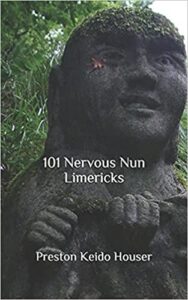
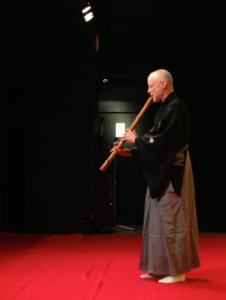

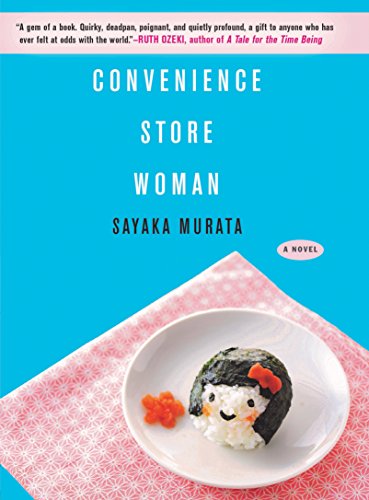




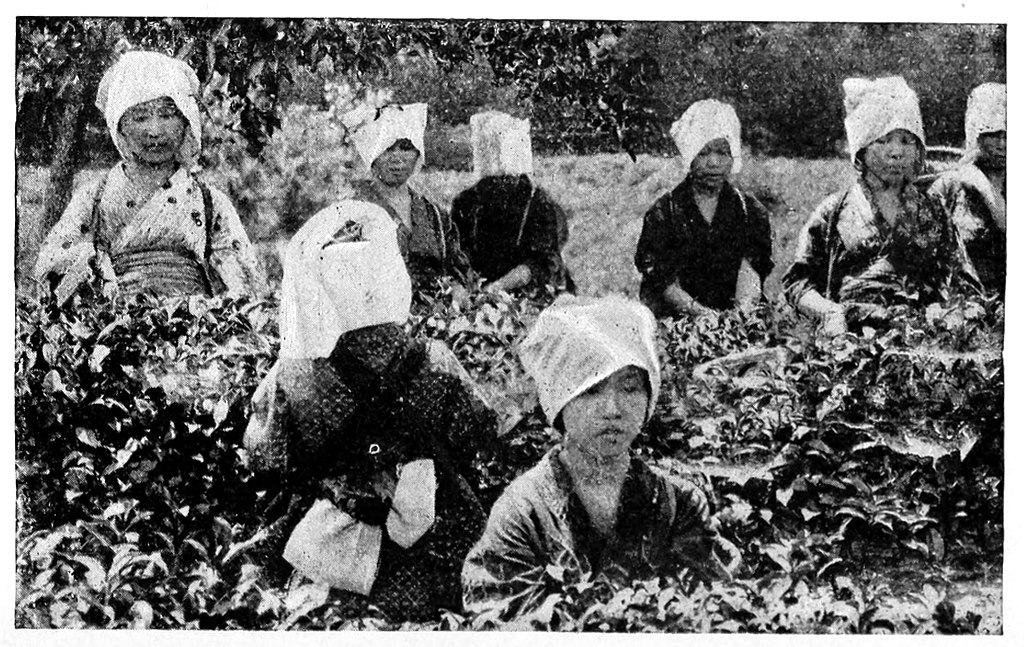
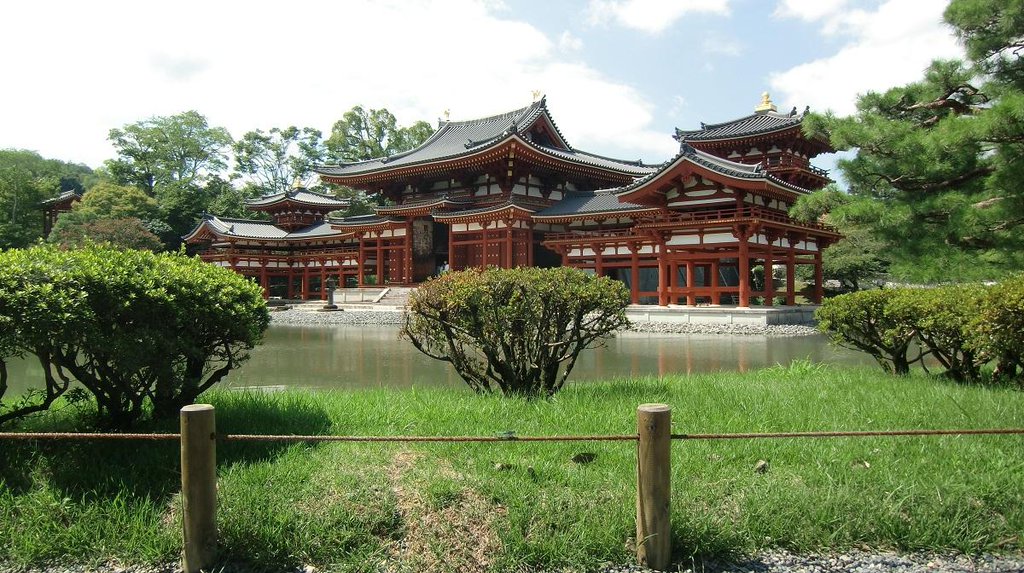

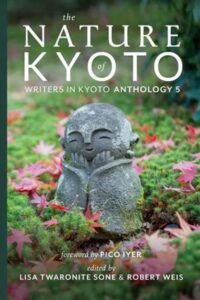
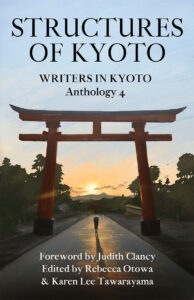

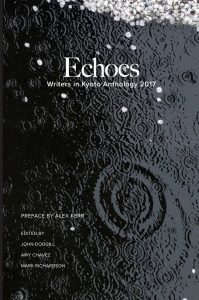
Recent Comments